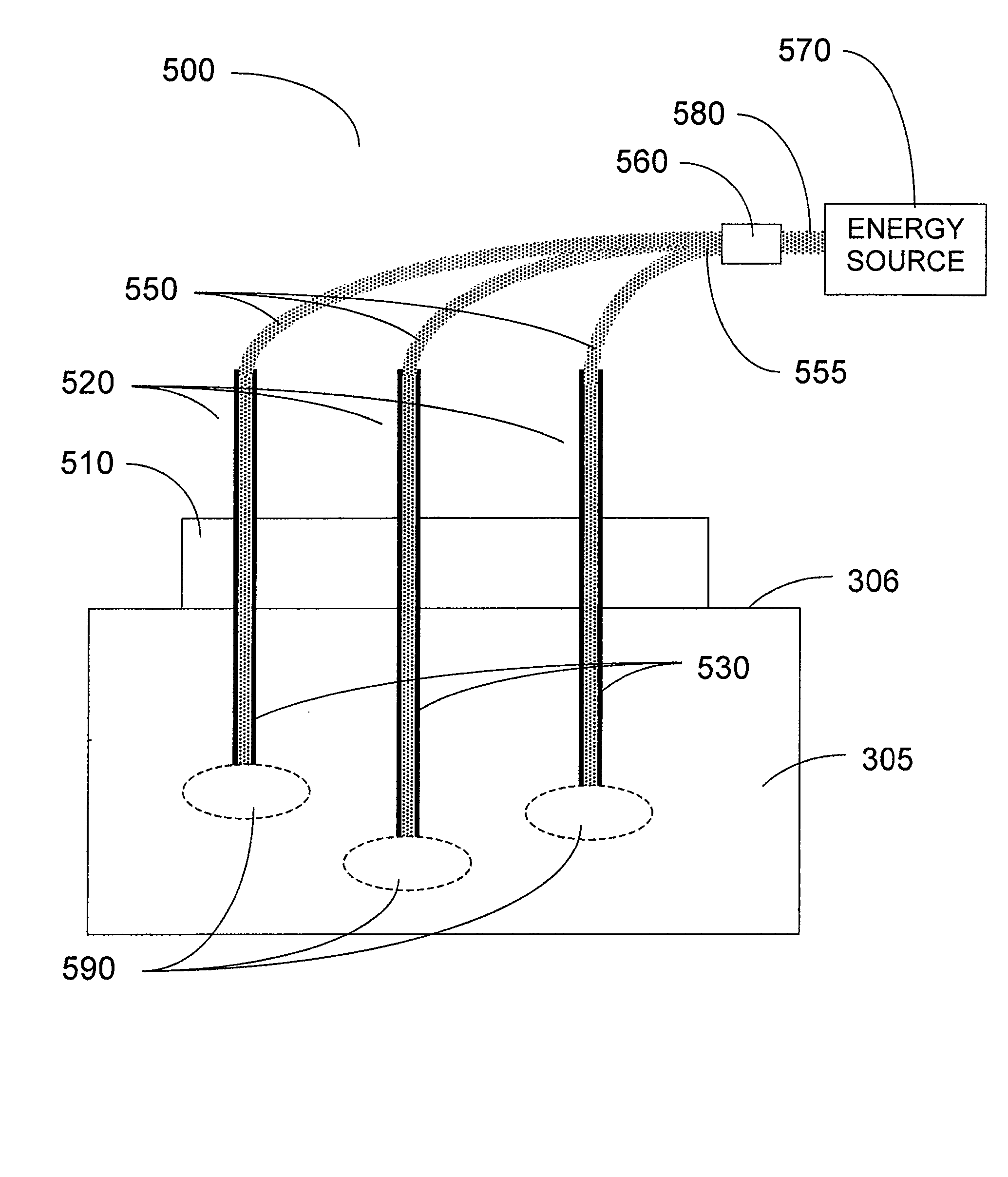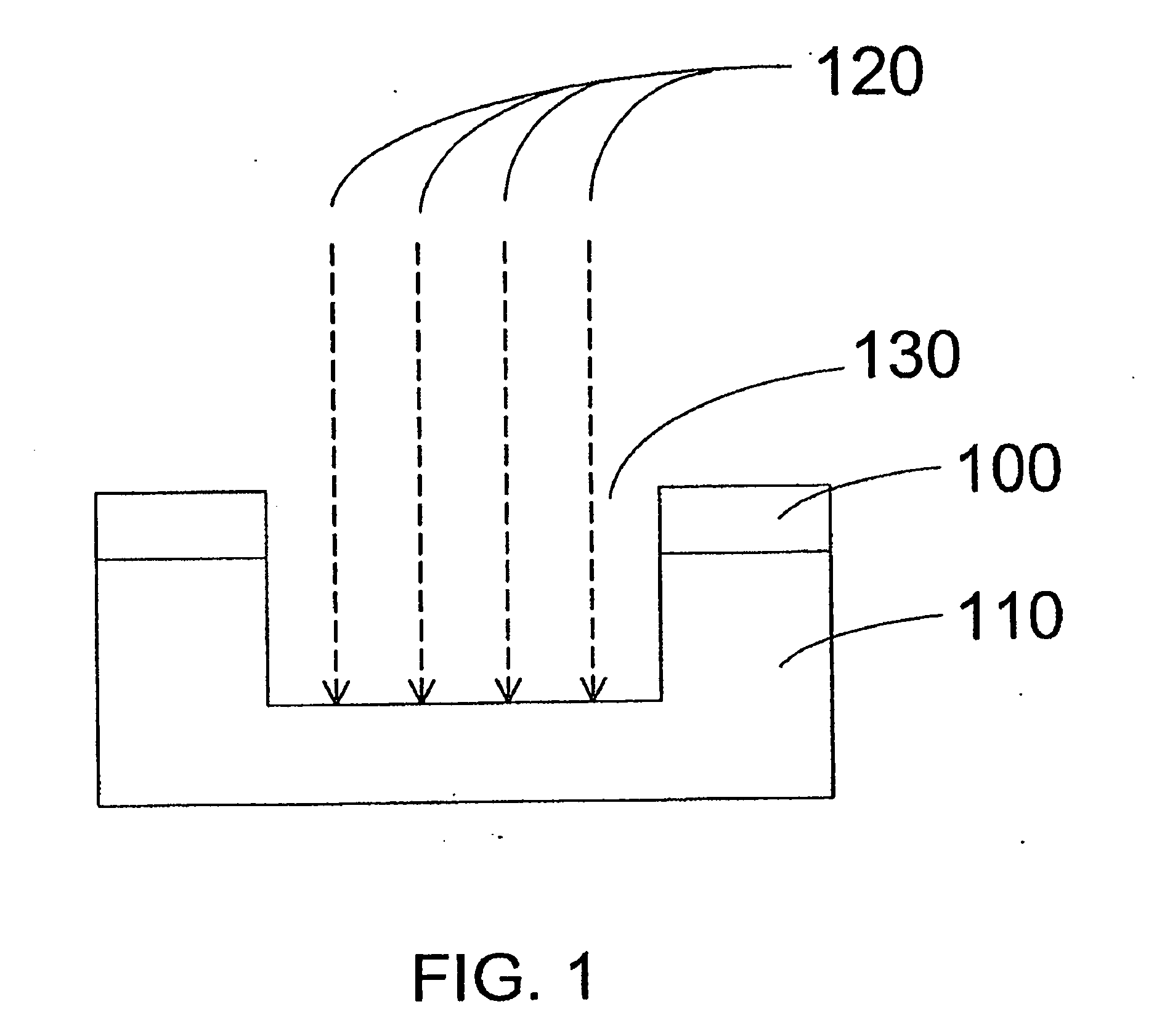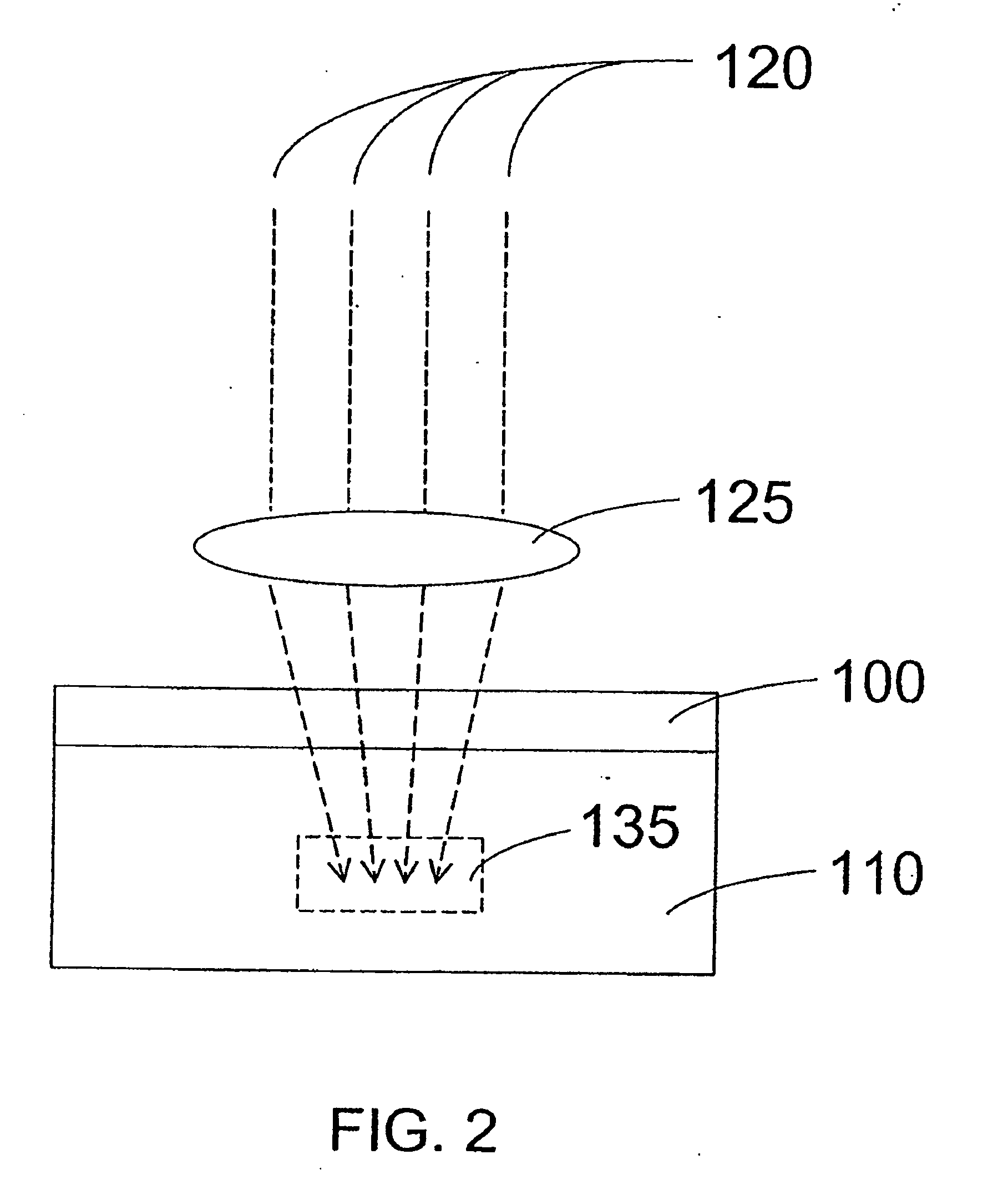Method and apparatus for dermatological treatment and tissue reshaping
a skin treatment and tissue reshaping technology, applied in the field of skin treatment, can solve the problems of skin aging, skin elasticity loss, unwanted wrinkles, etc., and achieve the effect of avoiding thermal damage of nerve fibers and avoiding nerve damag
- Summary
- Abstract
- Description
- Claims
- Application Information
AI Technical Summary
Benefits of technology
Problems solved by technology
Method used
Image
Examples
Embodiment Construction
[0033] The present invention relates to exemplary methods and apparatus for improvement of skin defects, including but not limited to wrinkles, stretch marks, cellulite, discolorations, and other pigmentation defects. In one exemplary embodiment, skin tightening, tissue remodeling and / or pigmentation effects can be accomplished by creating a distribution of regions of necrosis, fibrosis, or other damage in a target region of the tissue. The tissue damage can be achieved by delivering localized concentrations of electrical current or electromagnetic radiation (e.g., light, laser, etc.) that can be absorbed by tissue and / or converted into heat in the vicinity of the tips of the needle electrodes. Inducing regions of local thermal damage within the dermis can, for example, result in an immediate shrinking of collagen, leading to beneficial skin tightening response. Additionally, the thermal damage can stimulate the formation of new collagen, which generally makes the local skin tissue ...
PUM
 Login to View More
Login to View More Abstract
Description
Claims
Application Information
 Login to View More
Login to View More - R&D
- Intellectual Property
- Life Sciences
- Materials
- Tech Scout
- Unparalleled Data Quality
- Higher Quality Content
- 60% Fewer Hallucinations
Browse by: Latest US Patents, China's latest patents, Technical Efficacy Thesaurus, Application Domain, Technology Topic, Popular Technical Reports.
© 2025 PatSnap. All rights reserved.Legal|Privacy policy|Modern Slavery Act Transparency Statement|Sitemap|About US| Contact US: help@patsnap.com



